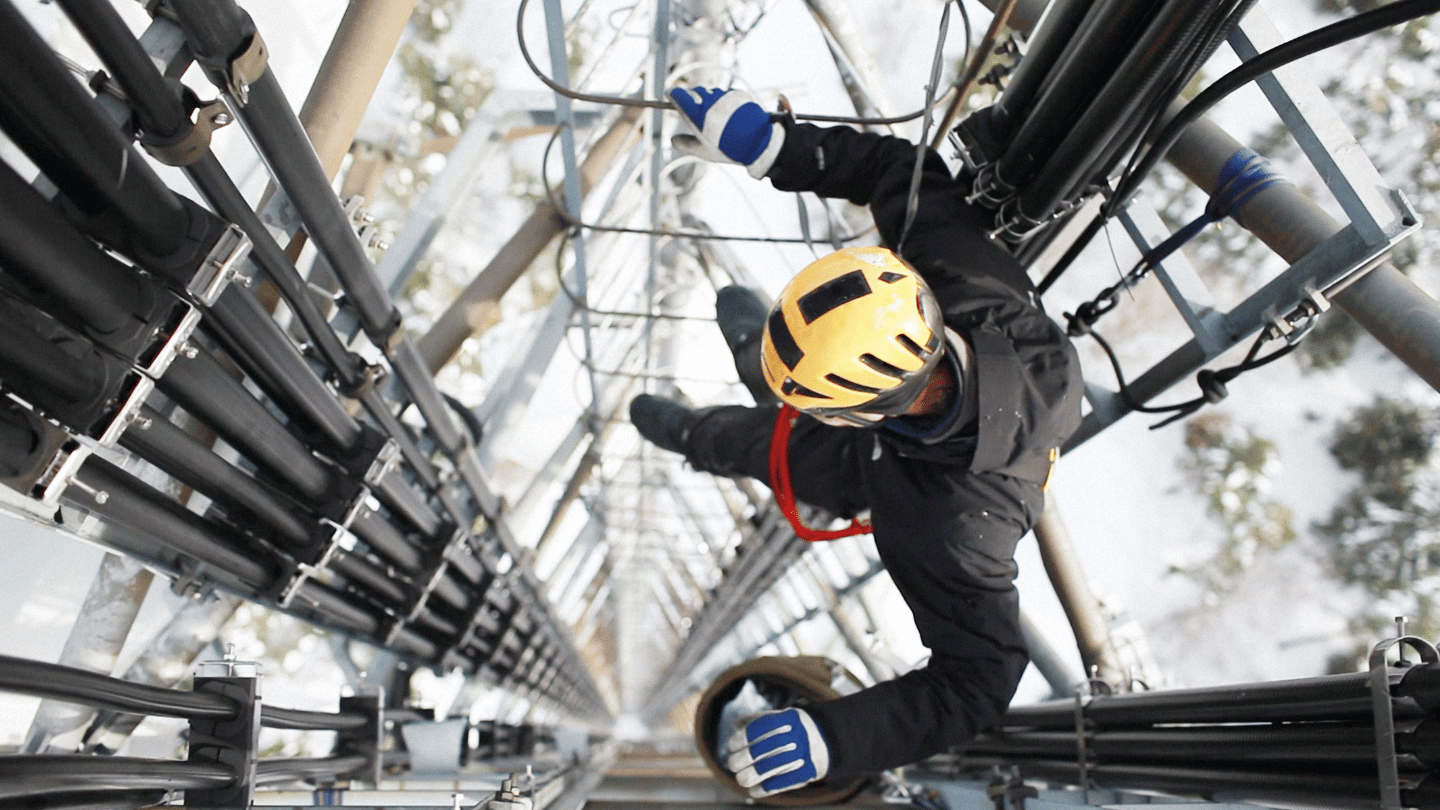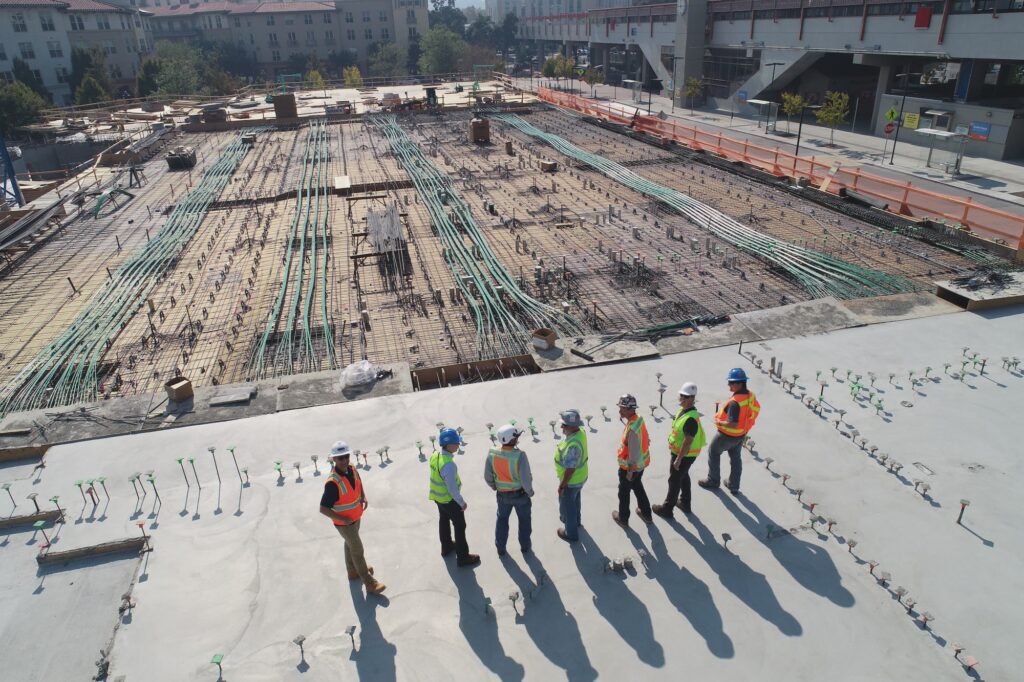Issues
Safety At Heights
Every employer that sends workers to perform tasks at heights should have a comprehensive program for fall protection and dropped objects prevention.
Get the Facts
The Issue
Over 600 workers in the U.S. alone are injured or killed every single day from falls or being struck by dropped objects. Industries with particularly high rates of injuries and fatalities include construction, energy & telecom infrastructure, tree care, and oil & gas. Construction workers are seven times more likely to be killed by a fall while on the job, and the number of fatal falls in the U.S. across all industries actually increased 1.8% in 2022 (the latest year reported).
In addition to the human costs, the economic costs of safety at heights is staggering. According to the Liberty Mutual Workplace Safety Index, injuries and fatalities from falls and dropped objects cost over $20 billion in lost wages and medical expenses per year. This is larger than any other occupational injury ($8.9B for falls to the same level, $6.1B for falls to a lower level, and $5.1B for being struck by an object). Collectively, the costs associated with injuries sustained while working at heights account for nearly 50% of all workplace injuries. These figure don’t even factor in insurance or worker compensation costs.

ISEA
What We're Doing
ISEA and its members play an active role in advancing standards, regulations, and worker awareness in both fall protection and dropped objects prevention. ISEA believes the falls stand-down must be broadened to focus on safety at heights. When dropped from heights, a wrench, tape measure or other tool can injure or kill someone below. BLS data show that 238 workers were killed after being struck by an object falling from height in 2022, and over 45,000 were injured.
Fall Protection – ISEA is officially represented on the ANSI-accredited standards committee Z359, Fall Protection Equipment. We also manage an active Fall Protection Product Group. For more information about fall protection, review our Personal Fall Protection Equipment Use and Selection Guide, and our Frequently Addressed Topics in Fall Protection.
Dropped Objects Prevention – ISEA manages an active Dropped Objects Prevention Product Group, which developed the ANSI/ISEA 121-2018 standard. This new-to-world standard provides employers with:
- Clear guidance to minimize the risk of dropped object incidents.
- Minimum design, testing and performance criteria.
- Info on the four active controls (Anchor attachments, Tool attachments, tool tethers, and containers such as buckets or pouches)
Explore PPE Solutions
What You Can Do
A comprehensive safety at heights program, properly designed and implemented, can help prevent these injuries and fatalities. Fall prevention equipment and dropped object prevention solutions reduce fatal and harmful incidents in industrial and occupational settings, and OSHA requires personal fall protection for workers at various heights depending on the job. OSHA requires employers to:
- Provide working conditions that are free of known dangers.
- Keep floors in work areas in a clean and, so far as possible, a dry condition.
- Select and provide required PPE at no cost to workers.
- Train workers about job hazards in a language that they can understand.
Plan Ahead: Begin by deciding how the job will be done, what tasks will be involved, and what safety equipment may be needed to complete each task. For example, in a roofing job, think about all of the different fall hazards, such as holes or skylights and leading edges, then plan and select fall protection suitable to that work, such as personal fall arrest systems. Consider which tools or other devices will need to be used, and ensure that workers are provided and trained to use the appropriate dropped object prevention PPE.
Provide PPE: Workers who are six feet or more above lower levels are at risk for serious injury or death if they should fall. To protect these workers, employers must provide fall protection and the right equipment for the job, including the right kinds of ladders, scaffolds, and safety gear. Determine which fall protection equipment is right for the job, and learn more about dropped object prevention solutions your workers will need to keep safe.
Train Workers: Every worker should be trained on proper set-up and safe use of equipment they use on the job. Employers must train workers in recognizing hazards on the job. Visit OSHA’s Fall Prevent Campaign for more educational materials and resources including posters, factsheets, and other training materials.

